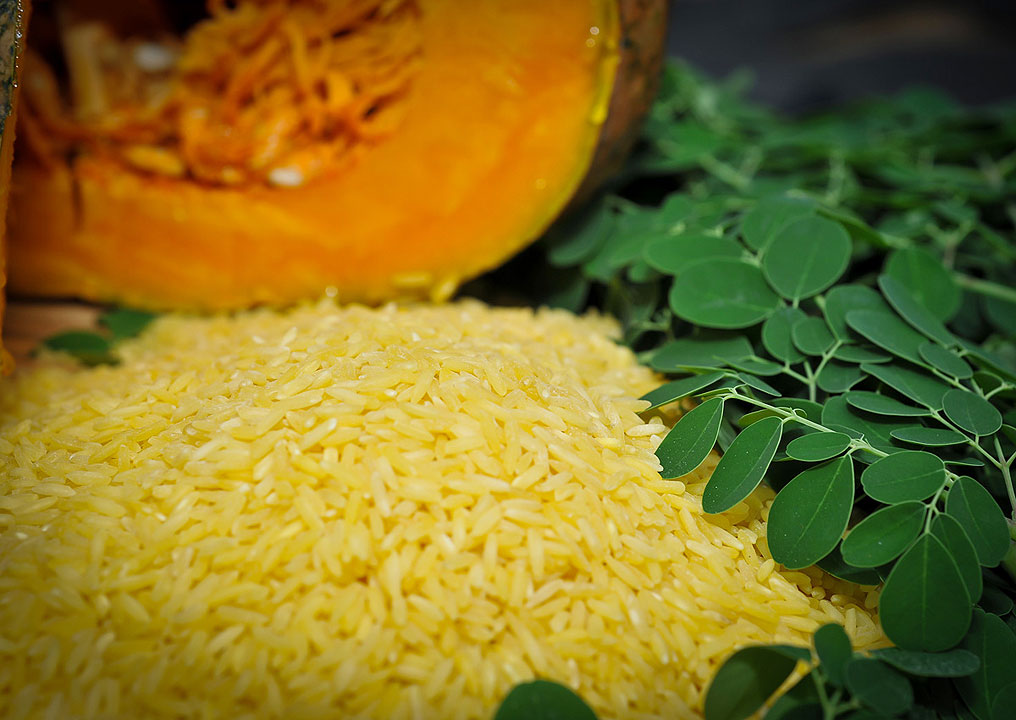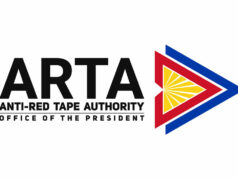
GOLDEN RICE was recently approved for registration with the National Seed Industry Council, according to the Philippine Rice Research Institute (PhilRice).
“This (means) it is now fully recognized by the Bureau of Plant Industry. If ever farmers plant this, they can now apply for crop insurance, they are now at the same level as other varieties. It’s much easier now that it’s registered,” PhilRice Research Specialist Reynante L. Ordonio said in a virtual briefing.
“Golden Rice is a complementary solution to existing vitamin A deficiency preventions. Rice is life for Filipinos and an integral part of our diet,” he added.
Golden rice is a genetically modified, biofortified crop engineered to produce beta-carotene, which is not normally present in rice. Beta-carotene is converted into vitamin A when metabolized by the body.
The taste of golden rice is the same as white rice, Mr. Ordonio said.
The variety was designed to lower malnutrition and growth stunting in poor countries.
“There are successful complementary solutions, like biofortification. However, vulnerable groups are being missed and this is where golden rice can help as a tool in the basket of interventions,” he said.
“Especially during the pandemic, we find it all the more difficult to consume a diversified diet,” he added.
Biofortification is the process of breeding crops to increase their nutritional value. This can be done through conventional selective breeding or genetic manipulation.
“Because rice is widely grown and eaten, even a small increase in the micronutrient content in the grain could have a significant impact on human health,” Mr. Ordonio said.
“In other countries, they already have orange sweet potato, yellow cassava, and sweet rice as a product of biofortification,” he added.
Golden rice is targeted for distribution to provinces with high malnutrition levels, like Quirino, Catanduanes, Samar, Antique, Lanao del Norte, Agusan del Sur, and Maguindanao.
Mr. Ordonio said the next step in seed certification lies with the National Seed Quality Control Services (NSQCS).
“We want to make everything formal to facilitate deployment to farmers, most importantly to seed producers, because they need the seed class,” he said.
“It would depend on the NSQCS on when they will allow us to have the certification so the planting can be done by wet season. Hopefully, by the wet season we can proceed with planting. The seeds will be produced by PhilRice,” he added.
High iron and zinc rice (HIZR) is another genetically modified rice that was developed to improve the uptake of the two nutrients.
“Previously, as proof-of-concept, iron concentrations in a well-polished rice grain were achieved with no yield penalty, and the dietary target of the iron and zinc in the polished grain has been achieved under field conditions,” Mr. Ordonio said.
This year, HIZR is being prepared for a field trial in Batac, Ilocos Norte and Muñoz, Nueva Ecija.
There are also plans to stack HIZR with Golden Rice in a project led by the International Rice Research Institute. — Luisa Maria Jacinta C. Jocson



